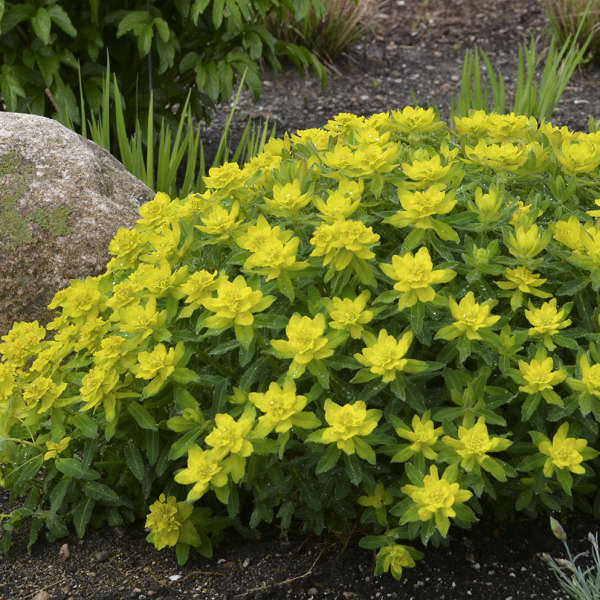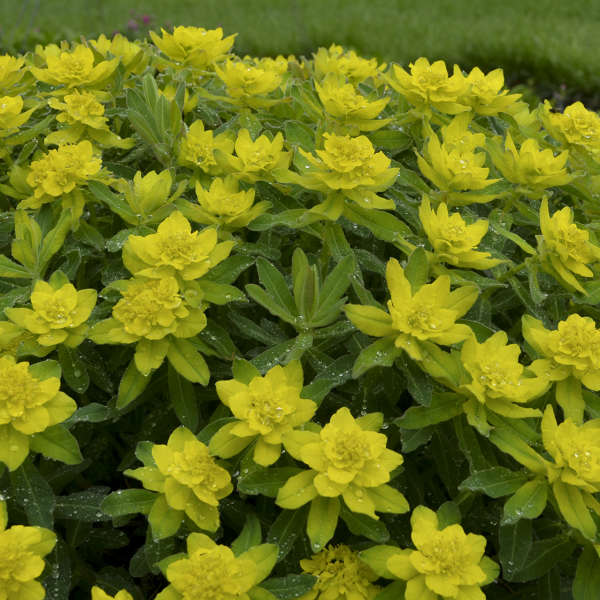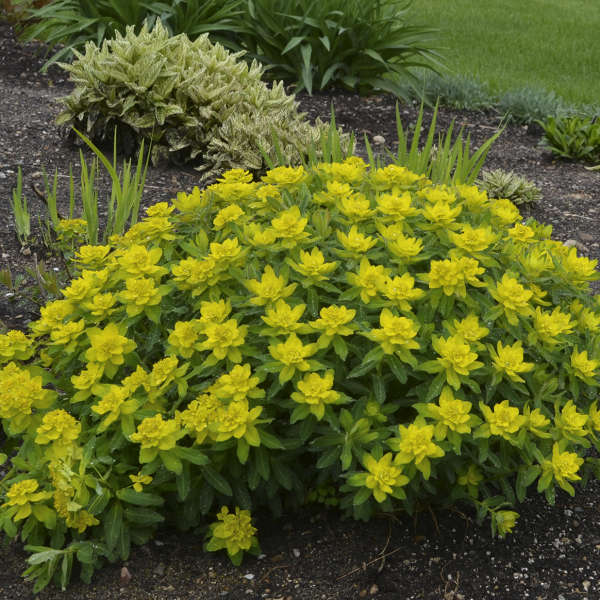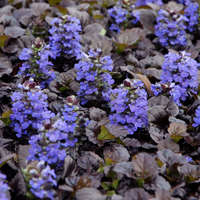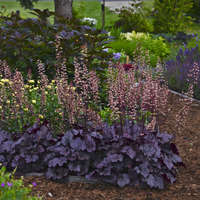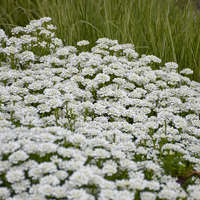Euphorbia polychroma
Common Name: Cushion Spurge, Chrome Spurge
Cushion Spurge gets its name from its cushion-like, perfectly dome-shaped habit. In late spring, the pale green leaves are topped with chrome-yellow bracts that shine brightly in the garden. If sited correctly, the leaves will turn red in the fall. A good selection for northern gardens and it is extremely drought tolerant.
